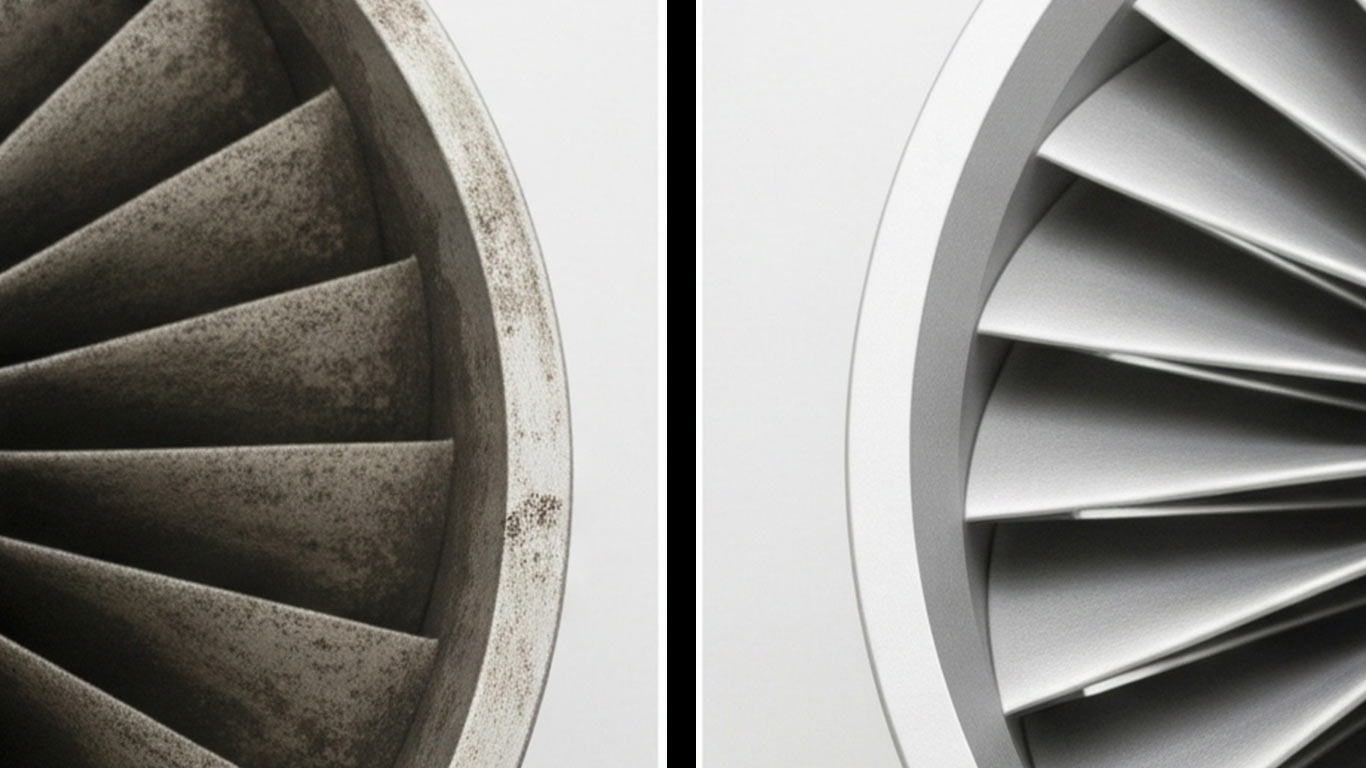
FDA
FDA 21 CFR 1040.10 - Laser Product Performance Standards



Rhenium's strength shines in its remarkable tolerance for extreme heat, holding onto its exceptional durability for the rigors of aerospace work—so always build it into high-temperature alloys to prevent breakdowns in the harshest environments.
At 1000x magnification, the rhenium surface appears rough and uneven before cleaning. Dark patches of grime cling tightly to the metal, hiding its true shine. Tiny pits and irregular bumps scatter across the view, making it look worn and dull.
After laser treatment, the same surface gleams smoothly under 1000x magnification. The metal now shows a clean, even texture without any clinging dirt. Bright reflections highlight the restored flatness, free from pits and old buildup

FDA 21 CFR 1040.10 - Laser Product Performance Standards

ANSI Z136.1 - Safe Use of Lasers

IEC 60825 - Safety of Laser Products

OSHA 29 CFR 1926.95 - Personal Protective Equipment